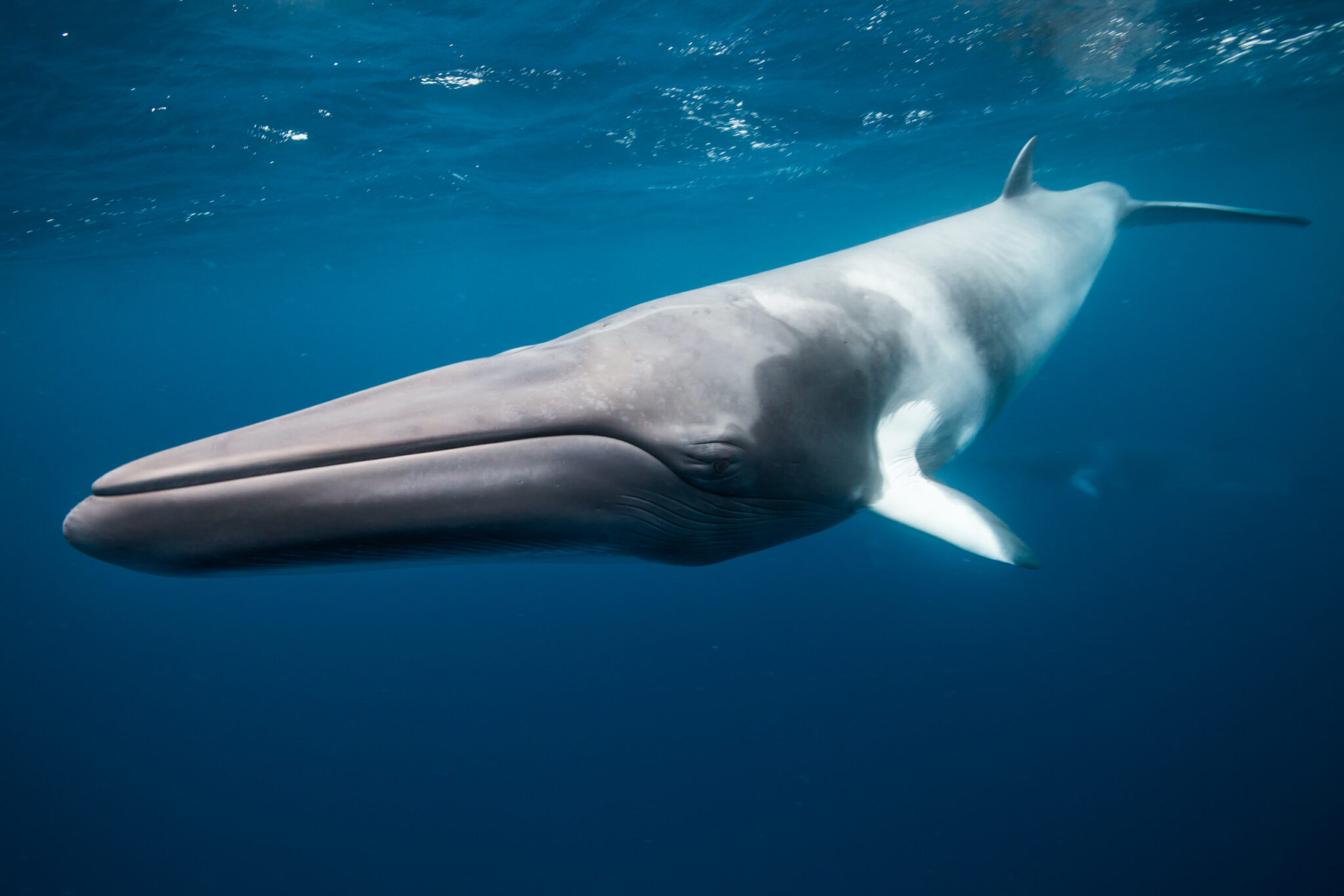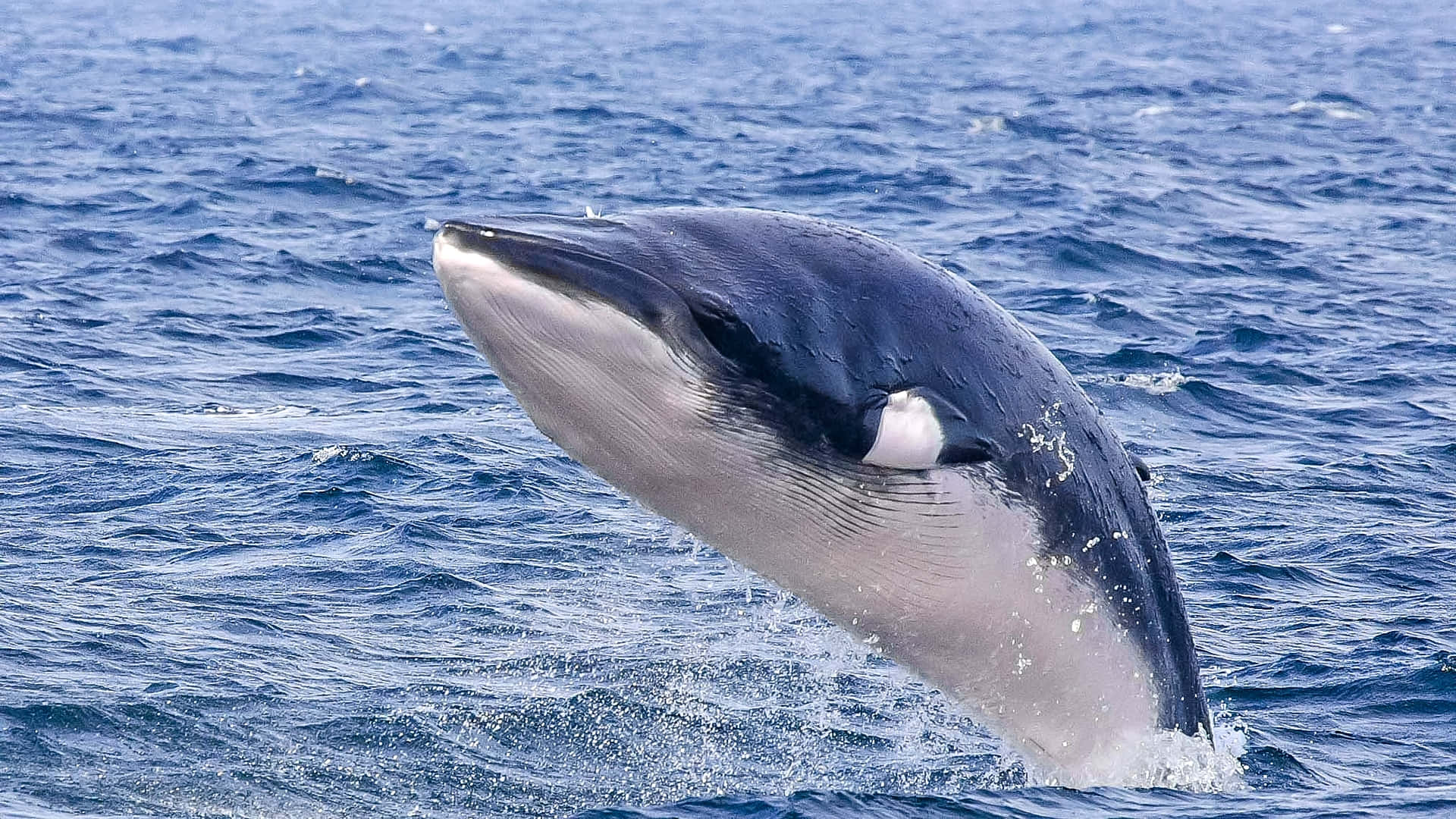Discover The Minke Whale: Facts & Info
What distinguishes the minke whale in the vast tapestry of the ocean's giants?Their diminutive size for a baleen whale, distinctive white flipper stripes, and a prominent dorsal fin set closer to the head make them unique. These features, coupled with their widespread distribution, make the minke whale a fascinating subject of study and a frequent sight for whale watchers around the globe.
Minke whales, despite being the smallest of the baleen whales, are far from insignificant. These sleek, hydrodynamic creatures can reach lengths of up to 35 feet and tip the scales at a remarkable 20,000 pounds. Their dark, streamlined bodies, ranging from black to dark gray, are punctuated by a contrasting white underbelly, creating a striking visual as they navigate the ocean depths. This coloration, along with their sharply pointed snout and tapering tail, speaks to their adaptation for swift movement through the water.
| Common Name | Minke Whale |
|---|---|
| Scientific Name | Balaenoptera acutorostrata (Common), Balaenoptera bonaerensis (Antarctic) |
| Size | Up to 35 feet (10.7 meters) |
| Weight | Up to 20,000 pounds (9,070 kg) |
| Diet | Krill, small fish, and crustaceans |
| Distribution | Worldwide oceans |
| Conservation Status | Least Concern (Common), Near Threatened (Antarctic) (IUCN Red List) |
Two primary species of minke whale grace our oceans: the common minke whale and the Antarctic minke whale. While similar in appearance, subtle differences exist. The Antarctic minke whale tends to be slightly smaller and has a more robust build. Both species, however, share the characteristic baleen plates, which they use to filter vast quantities of krill, small fish, and crustaceans from the water. This feeding process is a marvel of natural engineering. The whale engulfs a mouthful of water containing its prey, then forces the water out through the baleen, trapping the food inside to be swallowed.
Minke whales are found across the globe, from the frigid waters of the Arctic and Antarctic to the warmer temperate zones. Their distribution, however, is not uniform. During the summer months, they often congregate in polar feeding grounds, taking advantage of the abundant krill blooms. In the winter, they migrate towards warmer waters, where breeding is thought to occur. While often sighted individually or in small groups, they can gather in larger numbers in areas with concentrated prey, creating a spectacle for fortunate observers.
A tragic incident in Long Beach on April 3, 2025, highlighted the vulnerability of these magnificent creatures. Cell phone footage captured a minke whale seemingly trapped in a marina. Sadly, the whale was later found dead on April 6, 2025, a stark reminder of the impact human activity can have on marine life. Such events underscore the importance of conservation efforts and responsible interactions with these animals.
Since January 2017, elevated minke whale mortalities along the Atlantic coast from Maine to Georgia have raised concerns among scientists and conservationists. Understanding the causes of these increased deaths is crucial for implementing effective protective measures. Research into factors such as disease, entanglement in fishing gear, and ship strikes is ongoing.
Observing minke whales in their natural habitat is a privilege. If you are lucky enough to encounter these creatures at sea, remember to maintain a respectful distance of at least 100 meters. Allow them to interact on their own terms, maintaining a constant speed and allowing them to leave at will. Reporting your sightings to local wildlife trusts contributes valuable data to ongoing research and conservation efforts.
The name "minke" itself has a curious origin. It is believed to be derived from the name of a Norwegian whaling spotter, Meincke, who allegedly mistook a minke whale for a blue whale. This anecdote adds a touch of human history to the story of these remarkable creatures.
The Minke Whale Project, supported by numerous organizations and individuals, is dedicated to the study and conservation of these whales. Their work is essential for ensuring the long-term survival of these fascinating creatures in our shared oceans. The minke whale, with its distinctive characteristics and global presence, is a testament to the diversity and wonder of the marine world. Protecting these animals and their habitat is not just a scientific imperative, but a responsibility we share as stewards of our planet.

Minke Whales The World’s Best Places for Watching and Swimming

Minke Whale Fact Sheet ACS Orange County

Download Minke Whale Breachingin Blue Ocean Wallpaper Wallpapers